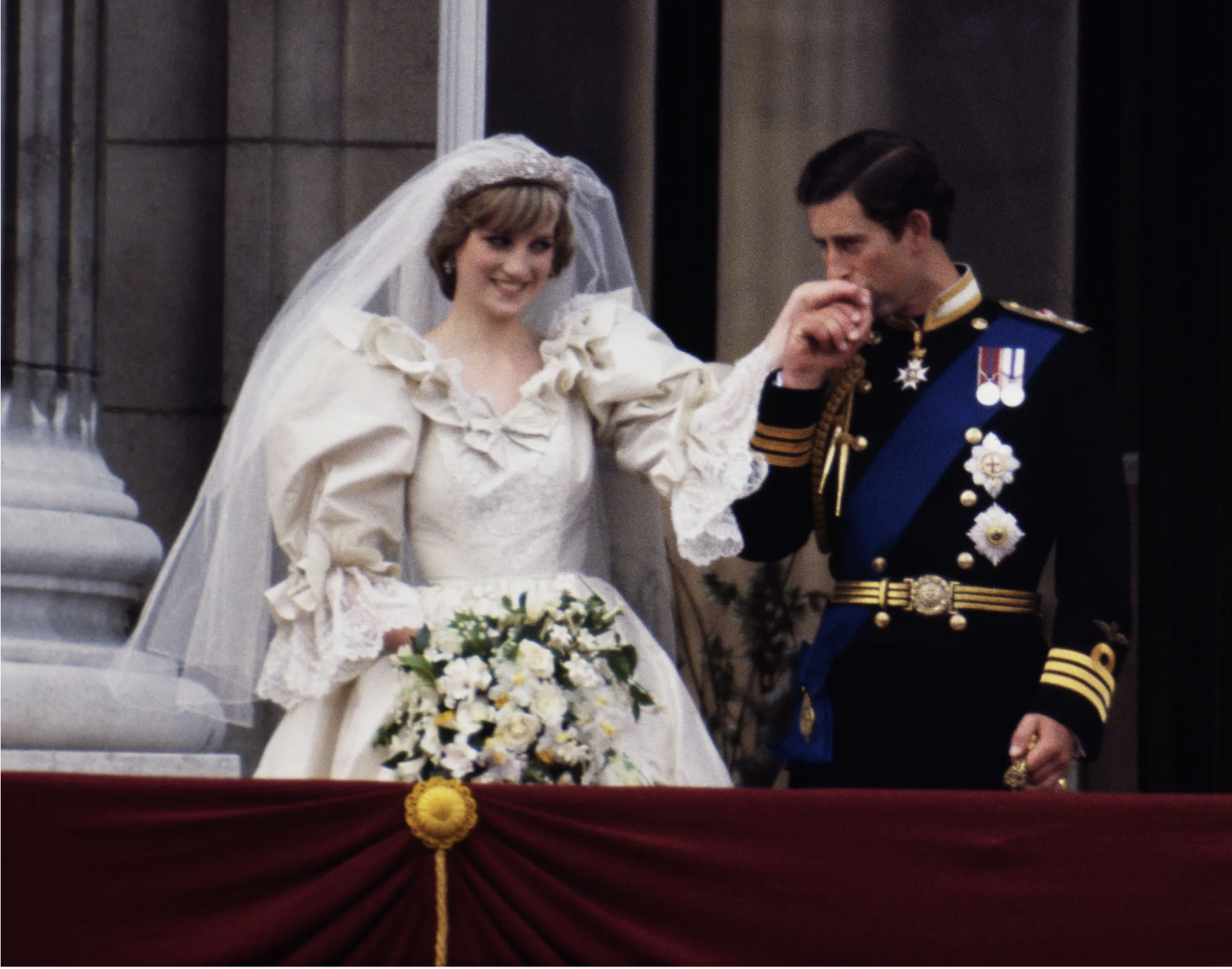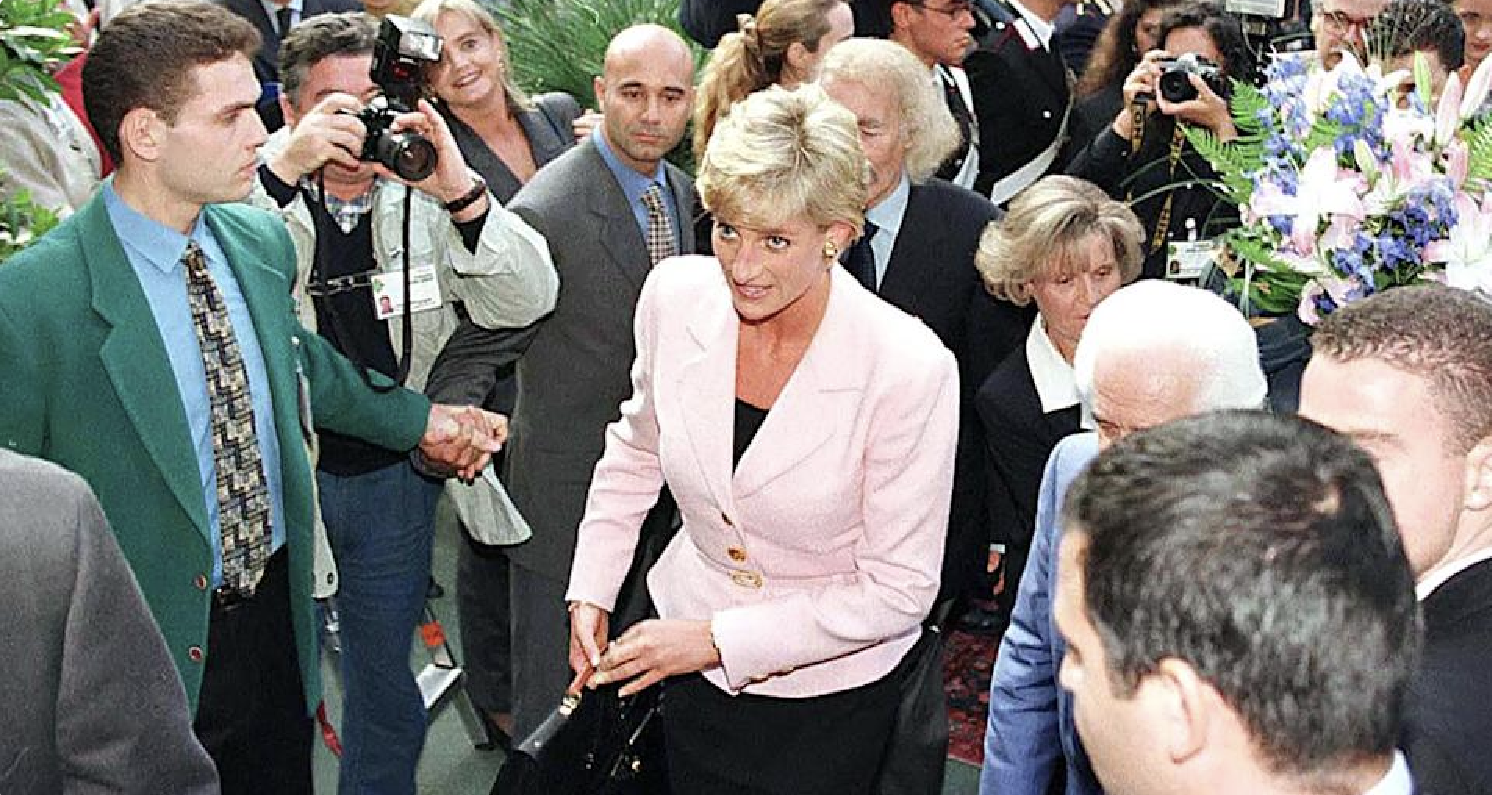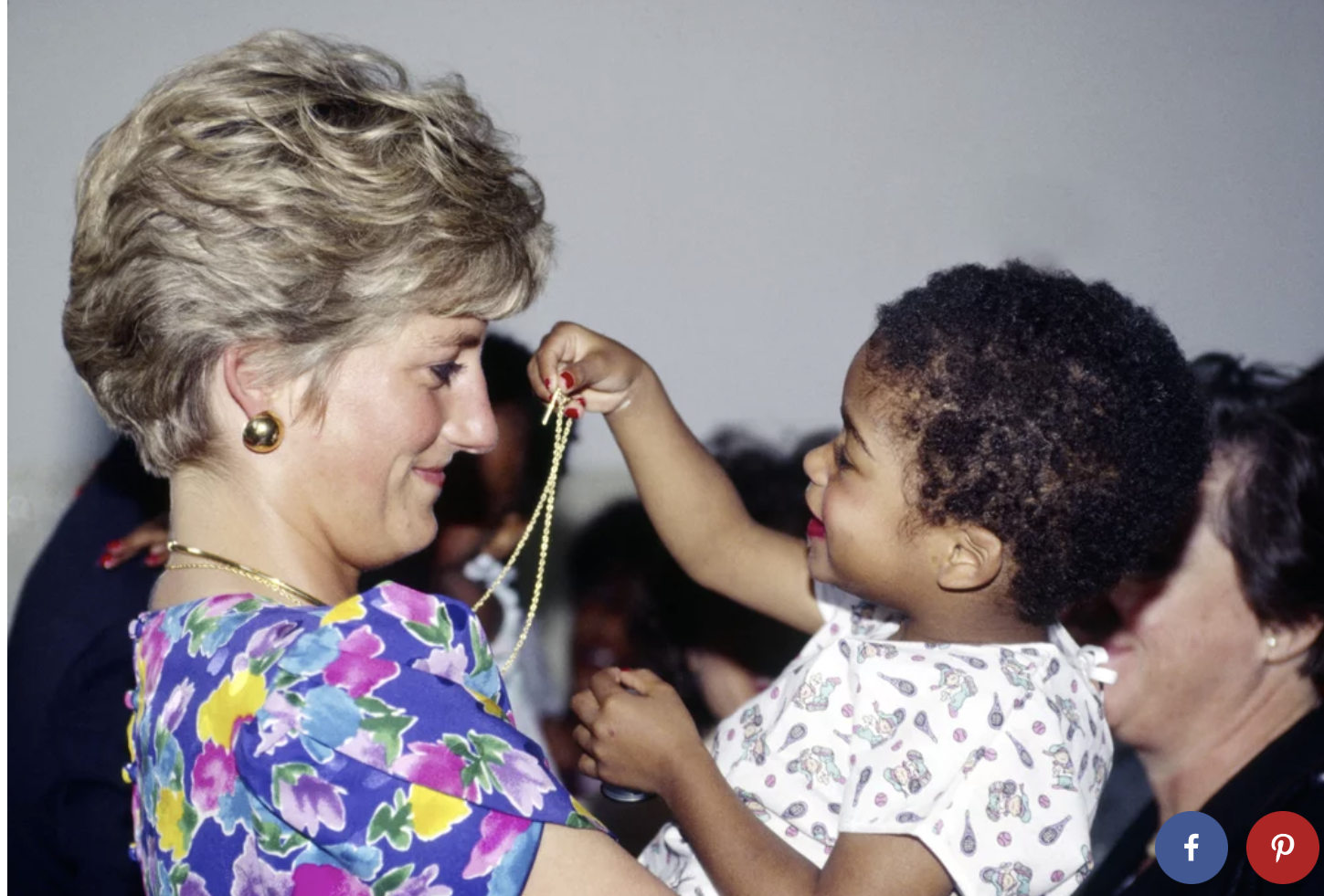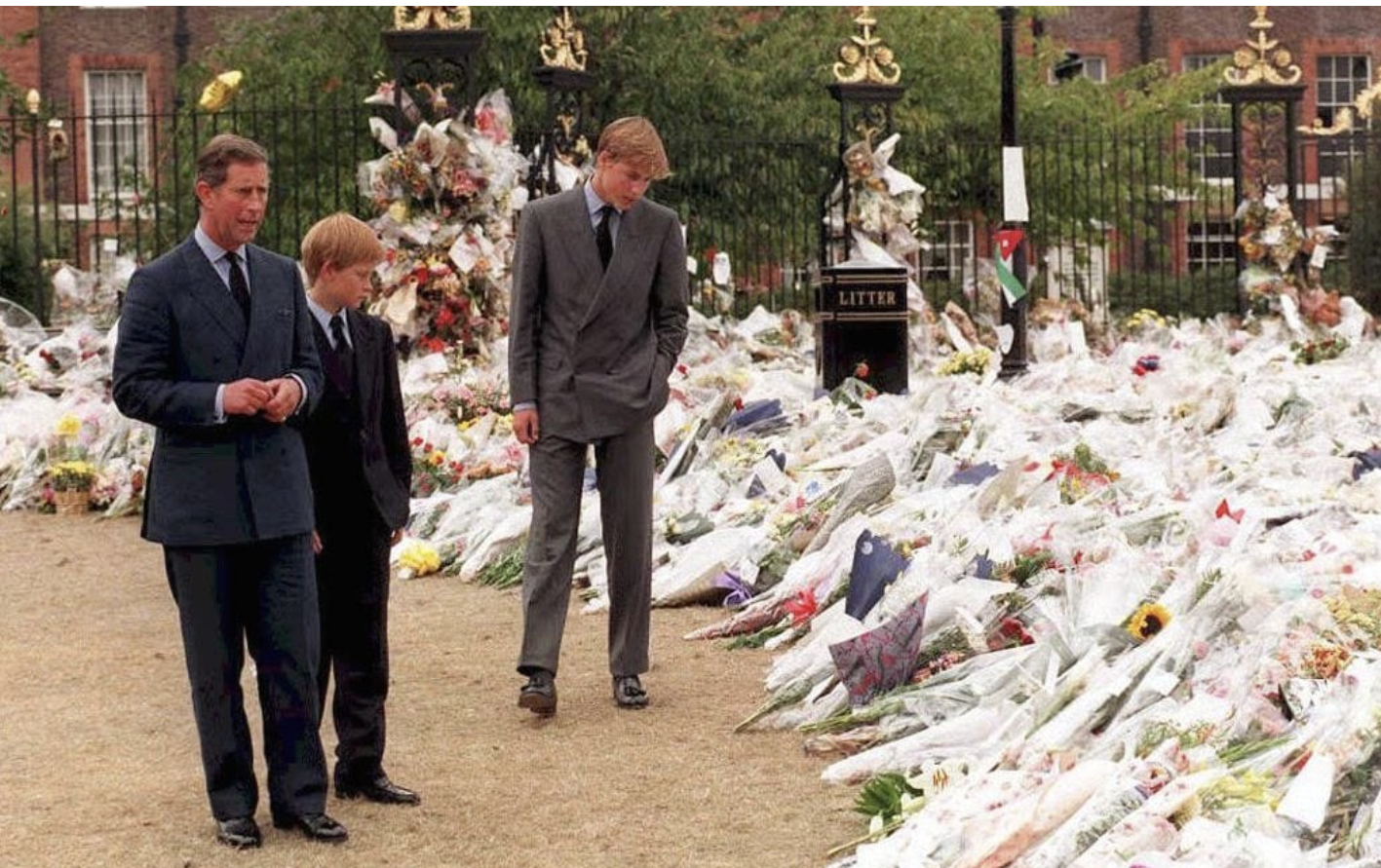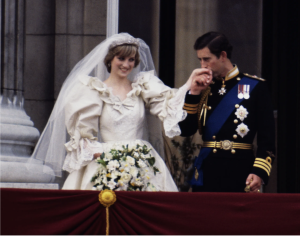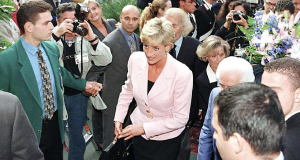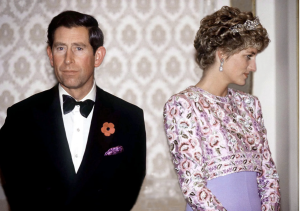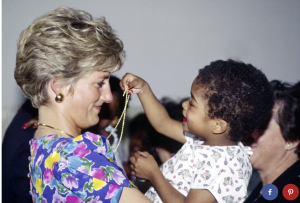“The Princess” documentary recounts Diana’s life on camera
September 13, 2022
Imagine you wake up and are immediately bombarded by reporters with an armada of cameras flashing relentlessly at your face. They’re asking you increasingly personal questions: “What are your plans for the day? Have you heard the rumors concerning your marriage? What is the cause of your poor mental health?”
This was just a usual morning for Diana, Princess of Wales.
HBO’s “The Princess” documentary showcases Princess Diana’s life, from when she first went public in her relationship with Prince Charles in 1981 to her tragic death only 16 years later in 1997, through the perspective of the press in their media coverage of her life.
While most documentaries have footage of their subject broken up occassionly by interviews with people involved with it, “The Princess” consists of only camera footage filmed by the press with voiceovers of newcasters and royals that were recorded at the time in response to events shown throughout the documentary.
Director Ed Perkins made it this way to emphasize how much of an overwhelming presence the media had in her life. Cameras were always following her no matter what the event was: whether it was at her wedding, her child’s birth, sporting events, vacations or even while trying to get a tan by her pool.
With great courage, Diana always maintained her bright and welcoming demeanor while surrounded by these incredible masses of both fans and journalists. Although in certain moments of the press footage, viewers can see the visible discomfort and physical toll they took on her mental health.
Having once been a normal English girl herself, Diana understood the everyday struggles of the common people and treated them like actual people instead of subjects. This kind of friendly behavior was controversial to the royal family who believed in the traditional idea of seeing citizens as lesser and making as little contact with them as possible. Diana was simply popular because she actually cared, believing in humanity over royal protocal.
Both during her marriage and after her divorce, Diana was an advocate for fighting AIDS and other diseases in various countries.
The documentary takes special care to explain how the press’ constant interference in their lives was not what solely caused the breakdown of their marriage.
It highlights shocking moments where the public learned of Charles’ love affair, the fact that his parents forced him into marriage and Diana’s fight with mental illness that would lead her to commit self-harm.
The most essential aspect of Diana’s toxic relationship with Charles that the documentary examines was Charles’ consistent absence from his family and from being a father figure. He was constantly out at sporting or social events and living his life like he did as a bachelor, rarely taking time to support his wife and children.
Post-divorce, footage reveals Diana’s exhaustion of the tireless press, as clips start to show a shift from her smiling professionally for the cameras to eventually just starting to block her face from them, so they wouldn’t get the satisfaction of getting a good photo.
The chilling climax of Diana’s life serves as an effective way to get across the documentary’s message to viewers.
After footage of Diana’s car accident that killed her is shown, a newscaster reveals that the only reason the driver got so out of control was because their car was being overwhelmingly pursued by a group of journalists and cameramen. In an eerie twist, the media that constantly interfered with her life so much finally became the thing to actually end it.
“The Princess” is a tale of inspiration and tragedy that I highly suggest to watch for its raw and authentic depiction of an extraordinary woman worth celebrating (only available to watch on HBO Max).


